Recently, I was having lunch with two friends. One—Robyn Rittmaster—is an Academy for Dog Trainers graduate who, in addition to training dogs at Carolark in Ottawa, teaches animal behaviour to students in the veterinary assistant program at a local college. The other—Benjamin Carroll—is a high school friend of mine. Ben is a nurse and MNSc currently pursuing a PhD at the School of Nursing in Queen’s University. He also teaches at several post-secondary institutions. Since I work at the Academy for Dog Trainers and have a deep fascination with pedagogy, it was unsurprising that our conversation turned towards education. And since dog trainers work in a wholly unregulated industry and my nursing friend works in a very regulated one, it was unsurprising that our conversation veered, with quite a bit of angry gesticulation on my part, to educational standards.
It is almost a trope now that the dog training industry is unregulated. Any person can call themselves a dog trainer and take money to do pretty much anything they want to dogs. Many trainers are passionate about dogs and care very deeply, but lack the depth and breadth of knowledge to ensure good outcomes in cases with complexity, either human or canine. And many trainers are, sadly, continuing to harm dogs using shock collars, prong collars, choke collars, yelling, swatting, and so on, and doing so despite mountains of evidence that those techniques cause harm and aren’t necessary.
It is from within this astonishing milieu that the Academy for Dog Trainers operates, and our program is set up to ensure that our graduates are competent practitioners: they can train dogs, they can counsel people, and they can follow standard operating procedures. Our graduates understand canine ethology, domestication, learning theory, and its application in real families with real dogs. They are schooled in critical thinking and can write clear homework for their clients. They pledge to work with both humans and animals without force or fear, and learn clearly the boundaries of our professional practice.
And to earn this credential, they need to get 80%. And that’s 80% on every test and every assignment, including the final exam.
Ben weighed in about passing grades for nursing school. There is a math requirement, he said. First year students must get at least 80%, and by their fourth and final year in nursing school, they must achieve 90% on this component of their curriculum, or they simply aren’t going to get to follow their nursing dreams. If you’re confused (as I admit I was) about why math matters to nurses, he went on to explain. Nurses use this math to figure out the dose of medication that gets injected directly into our bodies when we’re at the hospital. Including micro-doses for wee babies. Sometimes, students will question the need for such rigorous math testing, and say ‘can’t I just use a calculator?’ But no, a calculator isn’t good enough. Ben said, “if you don’t understand how you are putting the numbers in and for what reason, then you can’t recognize answers that don’t make sense (e.g. ten times too big or too small are the most common). The calculator will always spit out a number.” Getting the math wrong in this scenario can absolutely mean getting the math deadly wrong. If a student can’t do the math, it’s unfair and frankly amoral to release them upon our community’s sick.
My response was that we, as dog trainers, work with the fifty pound be-toothed social carnivores that live in our homes. Dogs are way, way, way safer than mis-dosed medication (millions of dogs live with people and very few of them cause grievous harm, even when they are treated terribly or with remarkable ignorance of their needs). But when dog trainers are called in, we are called in because the humans need real help. We must help the dog and the humans in the family with efficiency and care. And although dogs do injure humans in some cases (and good training and good welfare can absolutely mitigate this), in many cases dog trainers are working with dogs who themselves are, quite literally, at death’s door. Dogs lose their lives to behavioural euthanasia due to house-training issues, they lose their lives because they are fearful of strangers, they lose their lives because they are particularly rambunctious, and they lose their lives because they are guarding a bowl of food. All of these are well-handled by a dog trainer, of course. But only one who knows what they are doing.
Just as good intentions won’t make an incorrect dose of medication harmless, good intentions will not save a human family or their pet from poor outcomes. Standards in education matter to dogs. And for this reason, the Academy will not bend on educational standards for our trainers.
About the Author:
Academy staffer Kristi Benson lives in San Clara, Manitoba, Canada, where she is the owner of Kristi Benson Dog Training. She works with clients both in person in the surrounding communities and via distance consults with dog owners across Canada.












